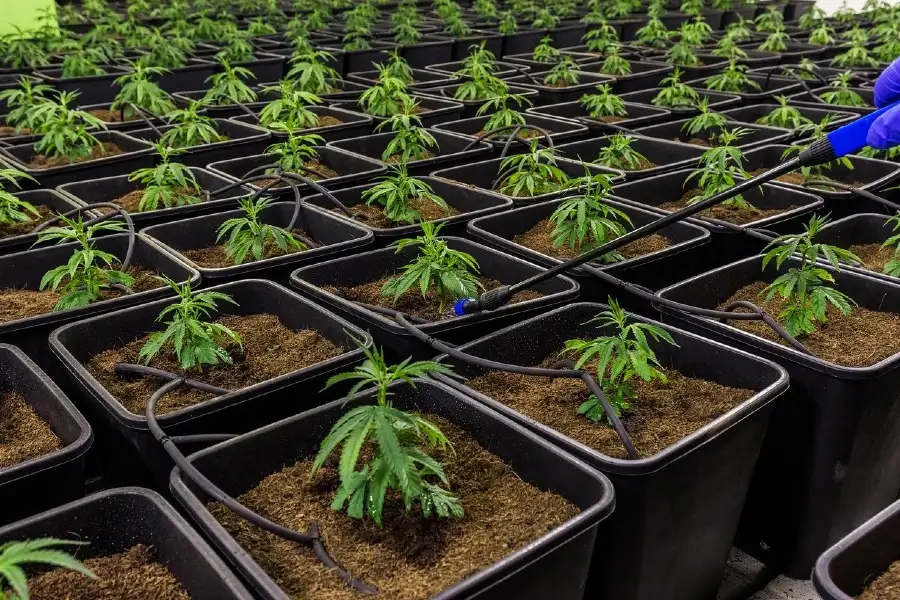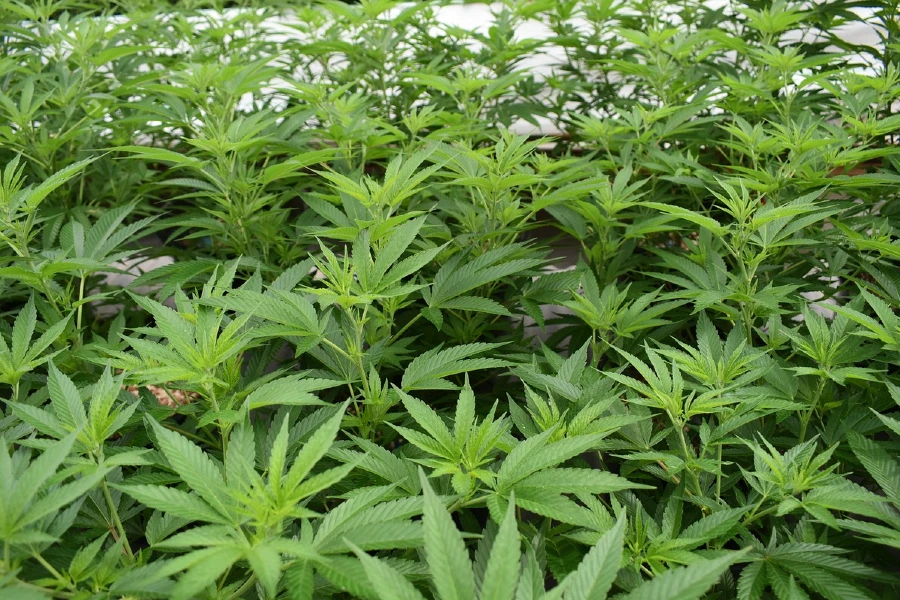# Cannabis Landrace Strains: A Guide to Preserving Genetic Heritage
The Roots of Cannabis: Why Landrace Strains Matter
As global legalization drives advances in cultivation and commercialization, landrace strains serve as a genetic time capsule. These indigenous cannabis cultivars have evolved over centuries in regions like Africa, Asia, the Middle East, and South America—growing in harmony with local climates, traditional farming methods, and natural selection.
Examples like the Afghani, Thai, Durban Poison, and Acapulco Gold are not just legendary names—they embody characteristics such as high pest resistance, consistent chemical composition, and unique terpene profiles.
Landrace strains give breeders and medical researchers an unaltered blueprint to develop new varieties with targeted effects, environmental hardiness, and niche cannabinoid compounds. However, globalization and homogenized industrial agriculture threaten their survival. Without proactive preservation, these valuable genetics may vanish.
Scientific Goldmine: The Untapped Medicinal Potential of Landrace Strains
From a research standpoint, landrace strains are a genetic goldmine. A 2023 study in *Frontiers in Plant Science* highlighted their rich expression of minor cannabinoids like THCV, CBC, and CBG—substances not commonly present in modern commercial strains. These compounds are being studied for potential efficacy in:
– Epilepsy treatment
– Inflammatory conditions
– Metabolic health disorders
Unlike today’s hybrids, which often show unpredictable chemovar expression, landraces feature stable cannabinoid and terpene profiles. This reliability is critical for pharmaceutical research that demands consistent input materials.
Landrace strains such as Malawi Gold and Lebanese Red offer standardized terpene combinations that facilitate deeper studies into how these molecules interact with the human endocannabinoid system.
Preservation in Action: Safeguarding Cannabis Diversity
With increasing hybridization and loss of native habitats, conservation efforts are more crucial than ever. Initiatives like The Cannabis Preservation Society, biobanks, and international seed vaults are stepping up by storing seeds, DNA samples, and full chemovar profiles for posterity.
Although now defunct, The Open Cannabis Project was instrumental in initially raising awareness about protecting naturally occurring cannabis genetics from corporate exploitation. These foundational projects underscore the urgency of preserving uncultivated cannabis biodiversity before it’s lost.
In parallel, breeders are turning to landrace strains to counter genetic bottlenecking. Pure Indica strains like Mazar I Sharif are being reintroduced to strengthen crop resilience, boosting both yield and disease resistance.
Notable landrace examples include:
– Durban Poison: Famous South African Sativa rich in THCV; great for focus and energy
– Afghani: A heavy Indica, perfect for resin production and traditional hashish
– Acapulco Gold: A rare gem known for its earthy tones and euphoric essence
– Thai: A psychoactive powerhouse with energetic, cerebral effects—key in the Haze strain origin
Back to the Soil: Growing Terroir-Rich Cannabis with Landrace Strains
Terroir—the idea that climate, soil, and agriculturist tradition together define quality—has long governed the world of wine. Now, cannabis cultivators are embracing this philosophy, especially when working with heritage landrace strains.
Boutique growers are reintroducing landraces to recreate authentic environmental expressions, promoting distinct flavors, aromas, and effects impossible to replicate in conventional hybrid strains. This growing movement is bringing new depth, identity, and exclusivity back to connoisseur cannabis.
Looking Forward: Why Preserving Landraces Secures the Future of Cannabis
Protecting landrace strains is not merely a nod to cannabis history—it’s a strategic move for a more resilient and therapeutic future. With their unmatched genetic purity, landraces hold the key to:
– Stronger, more sustainable crop genetics
– Potent minor cannabinoids with medicinal potential
– Authentic cannabis experiences rooted in culture, not commercial trends
For cultivators, researchers, and conscious consumers, landraces represent a bridge between ancient tradition and futuristic promise. Supporting these genetic lineages means preserving cannabis biodiversity, honoring indigenous agricultural knowledge, and ensuring global cannabis remains diverse, effective, and sustainable.
—
Concise Summary:
Cannabis landrace strains are indigenous, unaltered varieties that hold immense potential for medical research, sustainable cultivation, and preserving the heritage of the plant. As the cannabis industry rapidly evolves, it’s crucial to protect these genetic lineages from extinction and leverage their unique properties to develop a more resilient and therapeutic future for the plant.
Reference Hyperlinks:
1. [Frontiers in Plant Science (2023). Cannabis Genetic Resources: Unlocking Landrace Potential](https://www.frontiersin.org/articles/10.3389/fpls.2023.1122331/full)
2. Clarke, R.C. & Merlin, M.D. (2016). *Cannabis: Evolution and Ethnobotany*. [University of California Press](https://www.ucpress.edu/book/9780520270480/cannabis)
3. Small, E. (2017). Evolution and Classification of Cannabis sativa. [NCBI Article](https://www.ncbi.nlm.nih.gov/pmc/articles/PMC5312634/)
4. [Cannabis Preservation Society](https://www.cannabispreservationsociety.org/about)
5. Russo, E.B. (2011). *Taming THC: Potential Cannabis Synergy and Entourage Effects*. [British Journal of Pharmacology](https://bpspubs.onlinelibrary.wiley.com/doi/full/10.1111/j.1476-5381.2011.01238.x)




